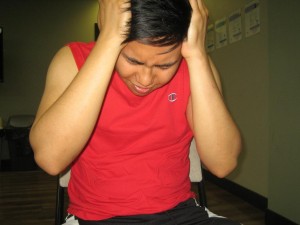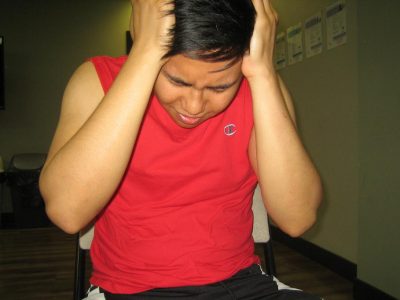Cluster headaches trigger intense pain that can manifest at the temple or area around the eye on one side of the head and lasts for a short period of time, typically 30 minutes up to 1 hour. The episodes tend to occur on a regular basis during a 1-3-month period and then followed by a period free from headaches for months up to years.
When it comes to cluster headaches, they are considered rare and usually affect men. An episode starts between the ages 20-40 and the consumption of alcohol can trigger the attacks.
What are the symptoms?
An episode usually starts in an abrupt manner. It can start with a watery drainage from one nostril and followed by intense pain on the same side of the head and radiates around the eye.
The pain intensifies within minutes and typically lasts for 30 minutes up to an hour. The pain can even wake up an individual. Those who have this type of headache could not lie down and frequently pace and oftentimes bang their head on a wall.

After an episode, the eyelid on the same side as the headache might droop and the pupil often constricts. The area beneath the eye might swell along with watery eye and the face is flushed. In addition, nausea can occur with the headaches.
An attack can occur several times throughout the day. It can occur on a regular basis during a 1-3-month period and followed by an interval of several months or years before another episode. It often occurs at the same time of the day or night.
Management
In most cases of cluster headaches, medications are required to prevent recurrence. Certain medications can be utilized to stop a cluster headache as it is starting or to prevent it from progressing:
- Administration of oxygen via a face mask
- Triptan or dihydroergotamine administered by injection
It is important to note that prednisone or a nerve block can be initially used since they take effect more rapidly. Other medications can be given for long-term prevention. The injections of a local anesthetic along with a corticosteroid can be given by a doctor. Other treatments can be taken at home.

